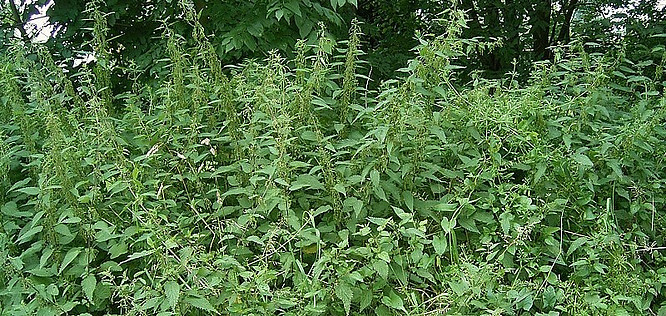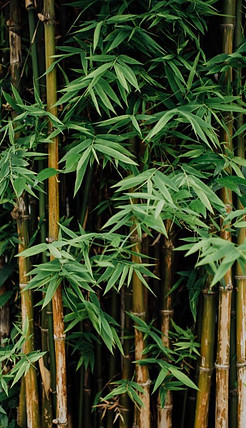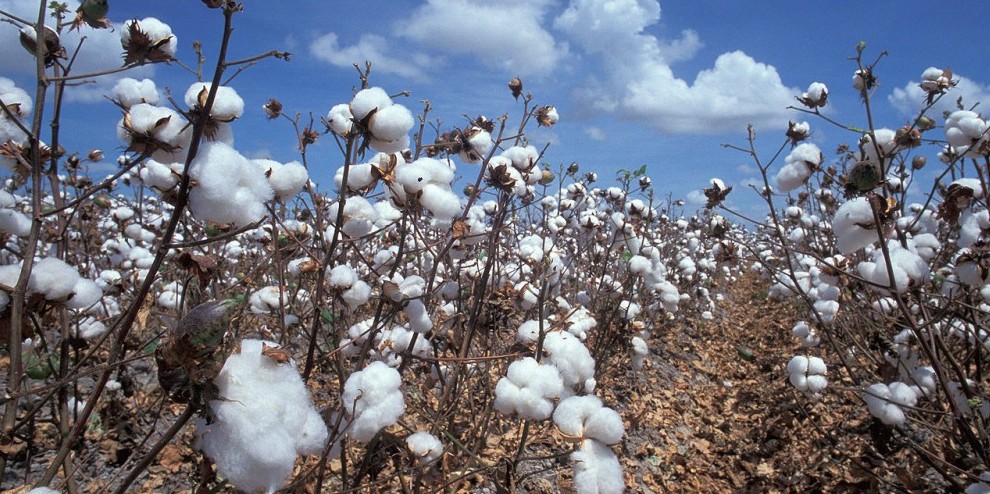Sericulture: the cultivation of silk for production of silk fabrics and textiles
Silk is a natural protein fiber and the best-known silk is obtained from the cocoons of the larvae of mulberry silkworms. Silk for production of silk fabric comes from pupae that are bred to produce a white coloured silk thread. There are several commercial species but the Bombyx mori is the most widely used.

As a child we used to keep silk worms in a shoe box and the lid had holes poked into it to give the worms fresh air. Every day after school we used to pick fresh mulberry leaves from the tree in the garden to feed them. We were always amazed by how quickly the worms grew. Sometime we cut cardboard shapes like hearts or circles for the worms to spin on. Commercial cultivation for production of silk fabric is very controlled today.
Producing silk is a lengthy process and needs to be monitored closely. To produce high quality silk there are 2 conditions that must be met:
 Fibers from the common stinging nettle plant have been used since ancient times to produce cloth. Nettle fiber production goes back to the roots of civilization and for more than 2000 years people have worn clothes made from stinging nettle fiber. When cotton arrived during the 16th century, nettle clothing lost their popularity because cotton is easier to harvest and spin. The German army briefly used nettle cloth for their uniforms during the second World War when there was a shortage of cotton.
Fibers from the common stinging nettle plant have been used since ancient times to produce cloth. Nettle fiber production goes back to the roots of civilization and for more than 2000 years people have worn clothes made from stinging nettle fiber. When cotton arrived during the 16th century, nettle clothing lost their popularity because cotton is easier to harvest and spin. The German army briefly used nettle cloth for their uniforms during the second World War when there was a shortage of cotton.

